Lenses play a crucial role in the world of filmmaking and cinematography. A high-quality lens can make a significant difference in the final output of a film, helping capture the director’s vision and bringing the story to life. In this comprehensive guide, we will explore the world of lenses in filmmaking, diving into the different types of film camera lenses, their characteristics, and their importance in the cinematography process. What Is a Film Or Cinema Lens?
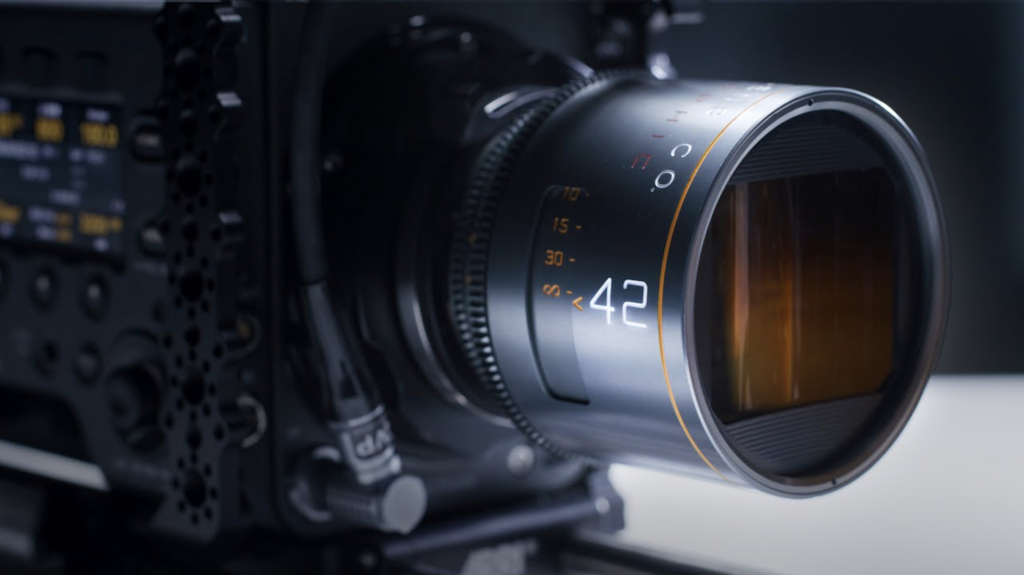
Atlas Lens Company 42mm Mercury 1.5x Full Frame Anamorphic
A film or cinema lens, also known as a cine lens, is a specialized lens designed specifically for capturing motion pictures. These lenses are built to meet the unique demands of filmmaking, offering superior optical performance, precise focus control, and smooth aperture adjustments. Cine lenses are typically more expensive than photography lenses due to their advanced features and construction, making them the preferred choice for professional filmmakers and cinematographers.
Table of Contents
Characteristics of a Film Lens
Cine lenses are distinct from still photography lenses in terms of their design, features, and construction. Some of the key characteristics of a film lens include:
Professional Design
Cine lenses are built to withstand the rigors of professional film production. They often feature durable, all-metal construction, providing resistance to harsh weather conditions and heavy use. Additionally, cine lenses are designed with manual adjustment rings for focus, zoom, and aperture, allowing for precise control over the lens’s performance.
Precise Focus Control
One of the most critical features of a cine lens is its ability to maintain accurate focus on moving subjects or smoothly shift focus between subjects. Cine lenses achieve this through their focus rings, which have hard stops at the beginning and end of the focus range, allowing for smooth, precise focus pulls.
Light and Aperture Control
Cine lenses feature iris rings with T-stop markings, which provide a precise measurement of the amount of light passing through the lens. This feature allows cinematographers to maintain consistent exposure across different shots and lighting conditions.
Internal Zoom Control
Unlike still photography lenses, which often change length when zooming, cine lenses have internal zoom mechanisms that maintain a consistent physical length. This feature is essential when working with stabilizer systems, as changes in lens length can affect the balance of the camera rig.
Exceptional Optical Quality
Cine lenses are built with high-quality glass elements that capture sharp images with minimal distortion, chromatic aberrations, and vignetting. This results in a clean, professional look that is essential for cinematic productions.
What is the Importance of a Lens in a Camera?
The lens is a vital component of any camera system, as it determines the quality and characteristics of the images captured. In filmmaking, the choice of lens can greatly impact visual storytelling, creating specific moods, tones, and atmospheres within a scene. Some of the key factors to consider when selecting a lens for filmmaking include:
- Focal length: Determines the angle of view and magnification of the image
- Aperture: Controls the amount of light entering the lens and the depth of field
- Focus control: Allows for precise adjustments to keep subjects in focus
- Optical quality: Impacts the sharpness, contrast, and color rendition of the image
By carefully selecting the appropriate lens for each shot, filmmakers can create visually stunning and emotionally engaging films that resonate with audiences.
Film Lenses Sizes Guide
There are various sizes of film lenses available, each designed to cover a specific range of focal lengths and provide unique visual characteristics. Some common sizes of film lenses include:
- Wide-angle lenses (18mm to 35mm): Capture a wider field of view and exaggerate the perceived depth within a scene
- Standard focal length lenses (40mm and 50mm): Provide a natural, realistic perspective that closely resembles the human vision
- Medium telephoto lenses (75mm to 100mm): Ideal for close-ups and portraits, offering a narrower field of view and shallow depth of field
- Long telephoto lenses (135mm and longer): Magnify distant subjects and compress the background, creating a more intimate perspective on faraway objects
Types of Lenses for Filmmaking
There are several types of lenses that filmmakers can choose from, each offering unique advantages and characteristics. Some of the most common lenses used in filmmaking include:
Prime Lenses
Prime lenses have a fixed focal length, which means they cannot zoom in or out. These lenses are known for their superior image quality and faster apertures, making them ideal for low-light situations and achieving a shallow depth of field. Some popular prime lenses for filmmaking include the 35mm, 50mm, and 85mm.
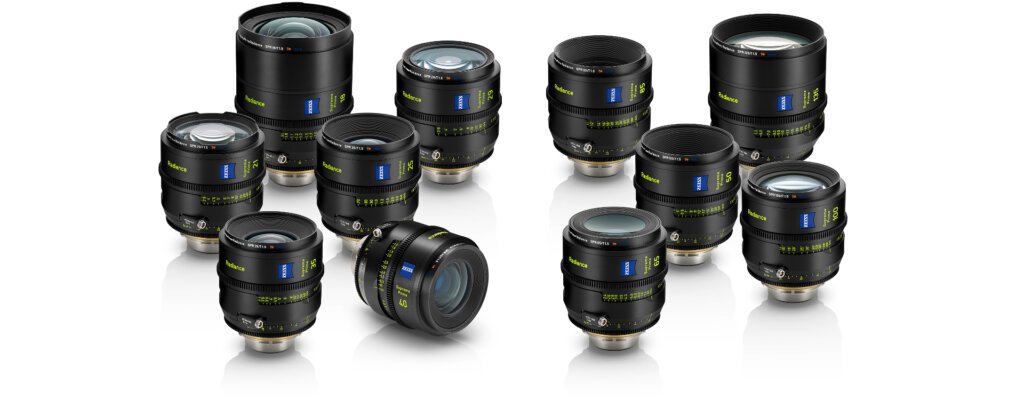
Zoom Lenses
Zoom lenses offer a variable focal length, enabling filmmakers to quickly adjust the angle of view without changing lenses. While zoom lenses may not offer the same image quality as prime lenses, they provide greater versatility and convenience, particularly in fast-paced shooting environments.
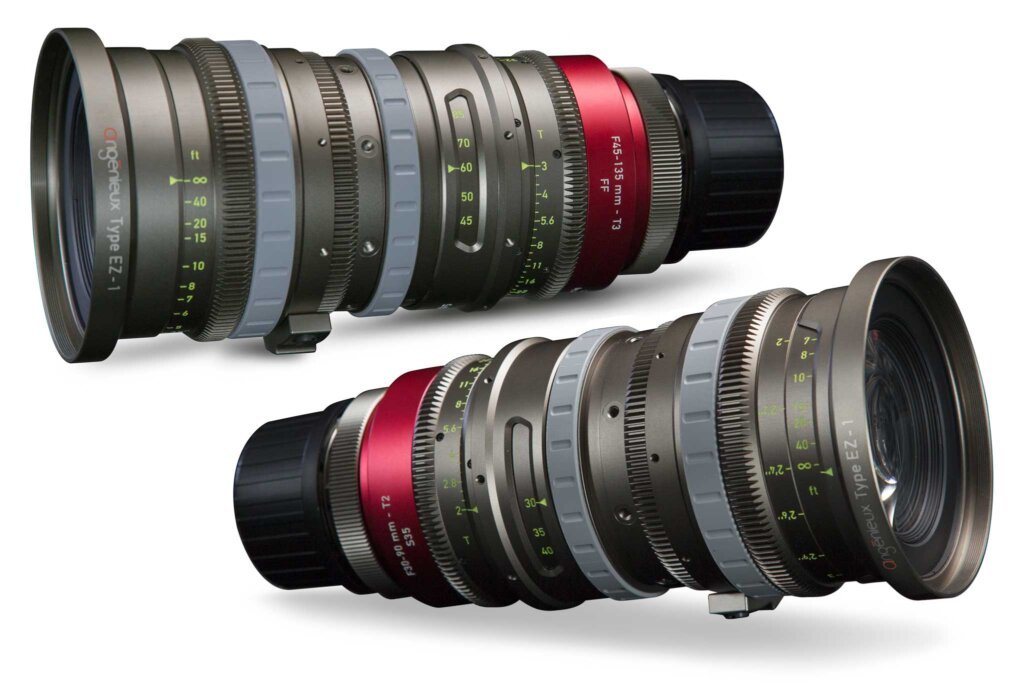
Anamorphic Lenses
Anamorphic lenses are specialized lenses that capture a wider aspect ratio by compressing the image horizontally. This unique feature allows filmmakers to create a more cinematic look with wide, rectangular aspect ratios and distinct optical characteristics, such as horizontal lens flares and oval-shaped bokeh.
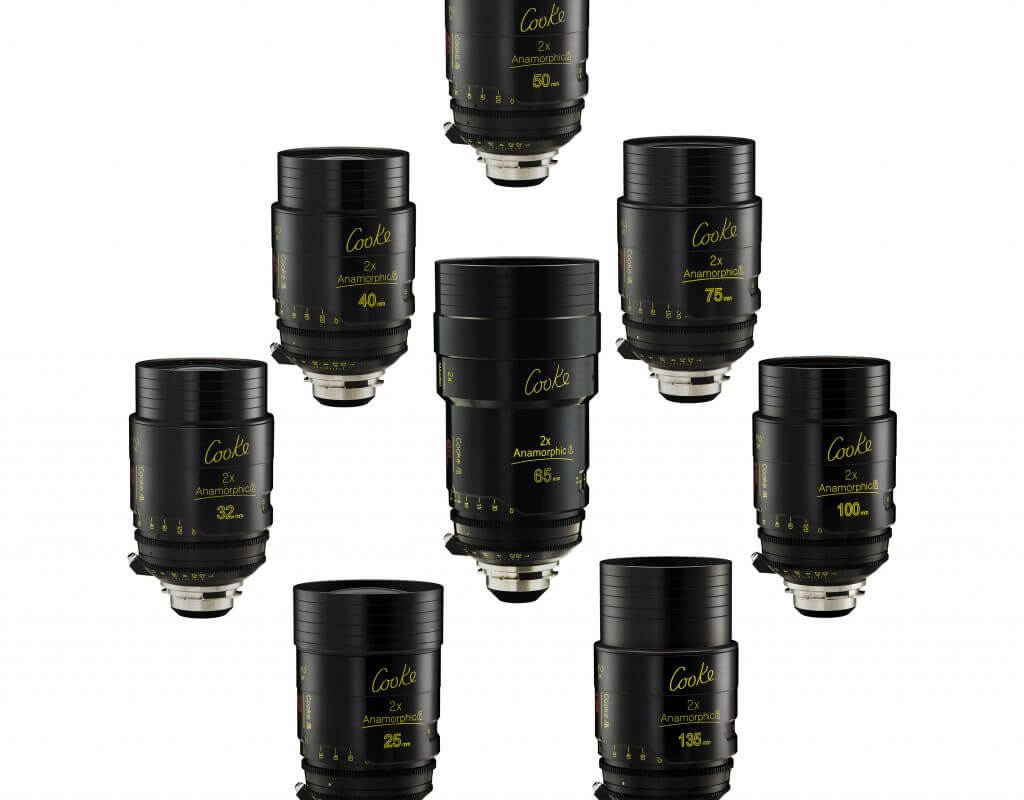
Specialty Lenses
In addition to the standard types of lenses in film, filmmakers may also choose to use specialty lenses to achieve unique visual effects or accommodate specific shooting scenarios. Examples of specialty lenses include fisheye lenses, tilt-shift lenses, and macro lenses.
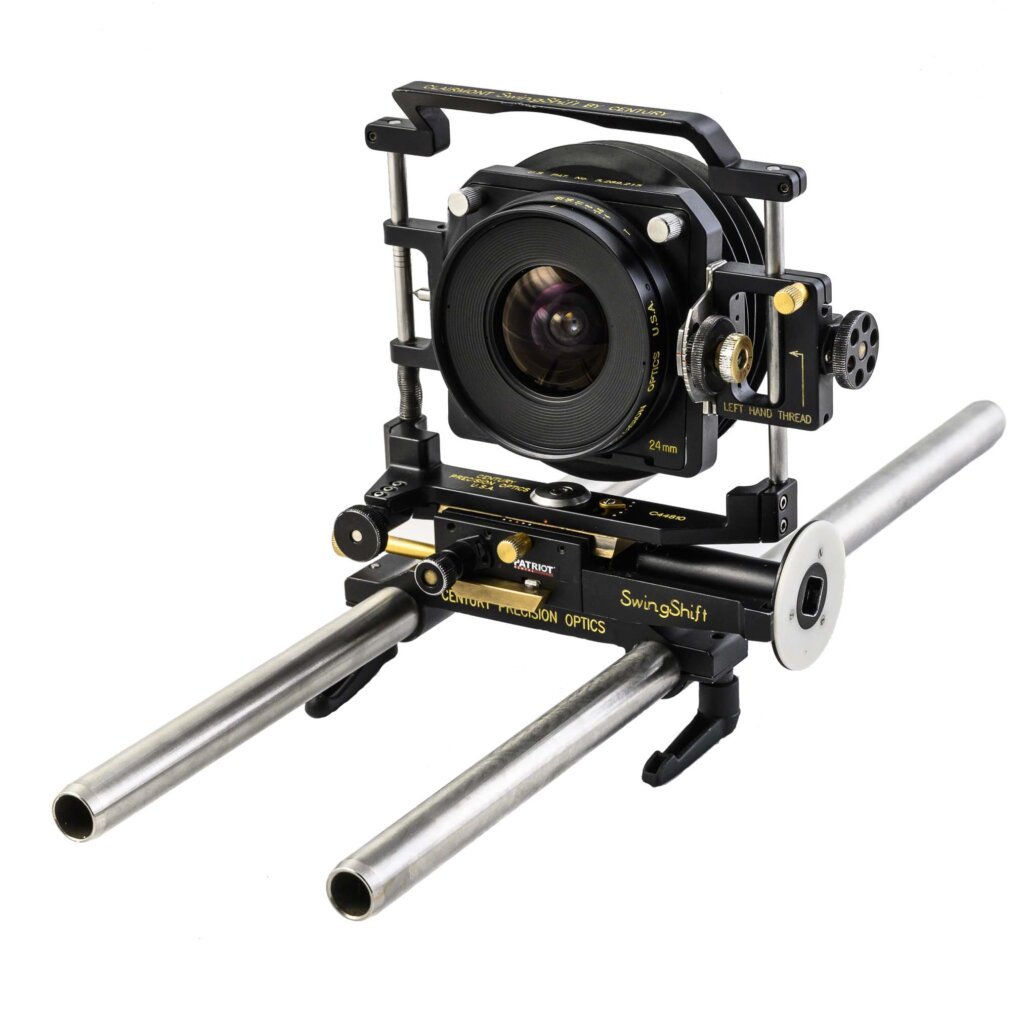
Different Types of Video Camera Lenses
In addition to the lenses mentioned above, filmmakers may also choose from a variety of video-specific lenses designed to meet the unique requirements of video production. Some examples of video camera lenses include:
- Cine zoom lenses: High-quality zoom lenses specifically designed for video production, offering smooth zoom and focus adjustments, as well as consistent aperture control
- Parfocal lenses: Zoom lenses that maintain focus throughout the entire zoom range, allowing for smooth transitions between different focal lengths without losing focus on the subject
- Cine-modified still lenses: Photo lenses that have been modified for use in video production, often featuring manual focus and aperture adjustments, as well as de-clicked aperture rings for smoother exposure changes
Difference Between Cinematography & Still Photography Lenses?
While cine lenses and still photography lenses may appear similar, there are several key differences that set them apart. Some of the main differences between cinematography lenses and still photography lenses include:
- Focus control: Cine lenses offer more precise and smooth focus control, with longer focus throws and hard stops at the beginning and end of the focus range
- Aperture control: Cine lenses use T-stop markings for more accurate control over exposure, and often feature click-less aperture rings for smoother exposure adjustments during filming
- Build quality: Cine lenses typically feature a more robust, all-metal construction, designed to withstand the rigors of professional film production
- Consistency: Cine lenses are often designed to provide consistent image quality and color rendition across multiple lenses within a series, making it easier to match shots when changing lenses during production
Best Lenses for Filmmaking
The best lenses in filmmaking will vary depending on the specific needs and preferences of the filmmaker. However, some popular choices for filmmaking lenses include:
- Prime lenses: Lenses such as the 35mm, 50mm, and 85mm offer excellent image quality and versatility for a wide range of shooting situations
- Zoom lenses: High-quality cine zoom lenses provide the convenience of multiple focal lengths in a single lens, making them a popular choice for fast-paced shooting environments
- Anamorphic lenses: For filmmakers looking to achieve a more cinematic look, anamorphic lenses offer unique optical characteristics and aspect ratios that set them apart from standard lenses
Ultimately, the best lens for filmmaking will depend on factors such as the director’s vision, the shooting environment, and the desired visual style of the film.
In the world of filmmaking and cinematography, the choice of lens can have a significant impact on the final output of a film. By understanding the different types of lenses available, their characteristics, and their importance in the filmmaking process, you can make more informed decisions about the best lenses to use in your projects. Whether you’re shooting on a professional cinema camera or a DSLR, experimenting with a variety of lenses will help you find the perfect combination to bring your cinematic vision to life.
Frequently Asked Questions
Which type of lens is used in the camera?
Two main types of lenses are used in cameras: prime and zoom lenses. Prime lenses have a fixed focal length, offering better quality and faster apertures, while zoom lenses provide variable focal lengths, allowing for more versatile shooting experiences.
What lens gives a cinematic look?
A cinematic look can be achieved using various lenses, such as wide-angle prime lenses for capturing expansive shots and telephoto lenses for adding depth to the scene. The classic “Nifty Fifty” lens with a 50mm focal length is often considered versatile and cinematic.
What focal length is a cinematic shot?
There is no specific focal length that defines a cinematic shot, as it depends on the filmmaker’s preferences and intended visual style. However, the 50mm focal length, often referred to as the “Nifty Fifty,” is considered versatile and can produce a cinematic look.
Which lens is best for cinematography?
The best lens for cinematography depends on the filmmaker’s preferences and shooting scenarios. Combining prime and zoom lenses, including the classic 50mm lens, provides versatility and allows for a range of shooting situations, making them suitable for cinematography.